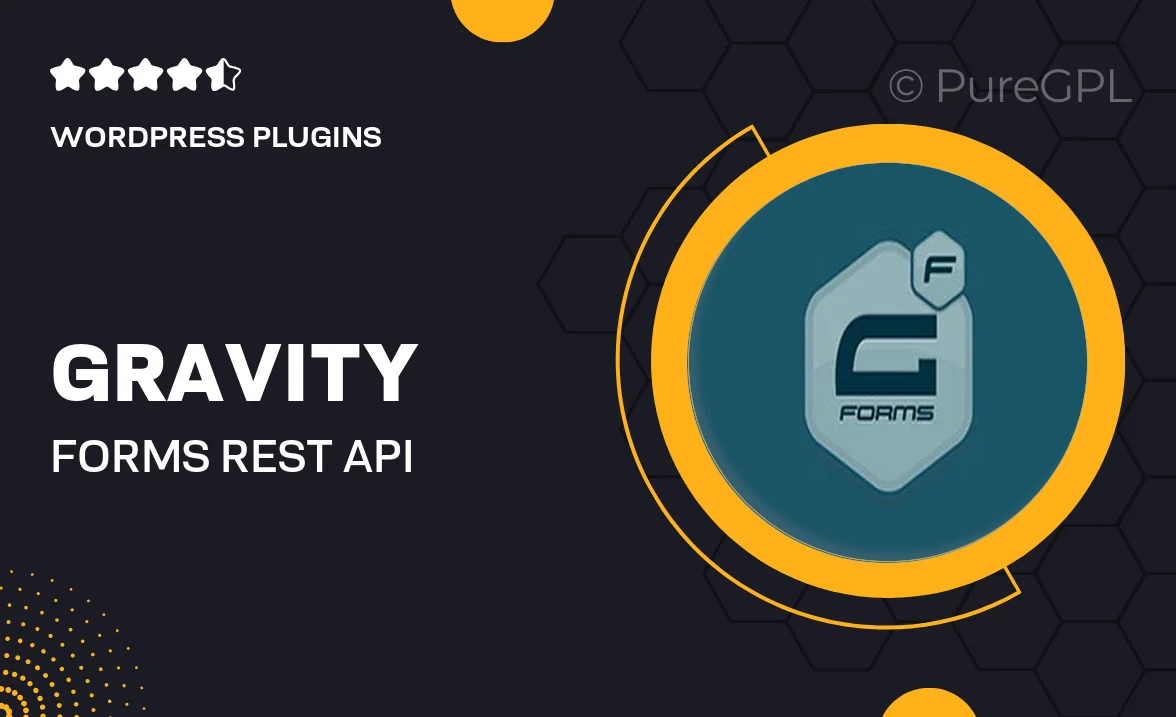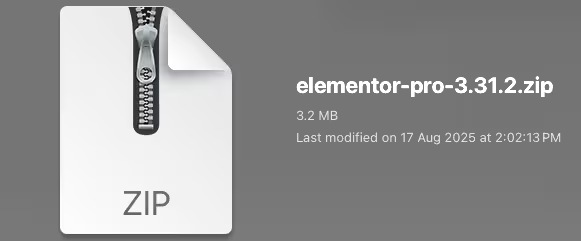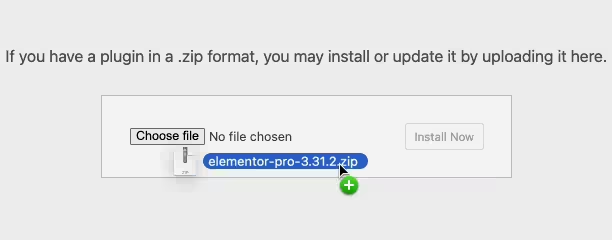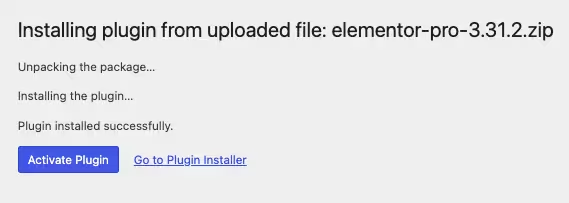Gravity forms | REST API
Updated on: March 25, 2024
Version 2.0-BETA-2

Single Purchase
Buy this product once and own it forever.
Membership
Unlock everything on the site for one low price.
Product Overview
Unlock the full potential of your Gravity Forms with the powerful REST API add-on. This innovative tool allows you to seamlessly integrate your forms with external applications, enabling smooth data exchange and enhanced functionality. Whether you're looking to connect with third-party services or streamline workflows, the REST API opens up a world of possibilities. Plus, it simplifies the process of retrieving and submitting form data programmatically, making it a breeze to work with your forms from anywhere. With this add-on, you can elevate your Gravity Forms experience to a whole new level.
Key Features
- Effortless integration with external applications via RESTful API.
- Retrieve and submit form data programmatically for greater flexibility.
- Streamline workflows by connecting Gravity Forms to third-party services.
- Support for custom endpoints tailored to your specific needs.
- Comprehensive documentation to help you get started quickly.
- Enhanced security features to protect your data during transmission.
- Regular updates to ensure compatibility with the latest Gravity Forms versions.
Installation & Usage Guide
What You'll Need
- After downloading from our website, first unzip the file. Inside, you may find extra items like templates or documentation. Make sure to use the correct plugin/theme file when installing.
Unzip the Plugin File
Find the plugin's .zip file on your computer. Right-click and extract its contents to a new folder.

Upload the Plugin Folder
Navigate to the wp-content/plugins folder on your website's side. Then, drag and drop the unzipped plugin folder from your computer into this directory.

Activate the Plugin
Finally, log in to your WordPress dashboard. Go to the Plugins menu. You should see your new plugin listed. Click Activate to finish the installation.

PureGPL ensures you have all the tools and support you need for seamless installations and updates!
For any installation or technical-related queries, Please contact via Live Chat or Support Ticket.